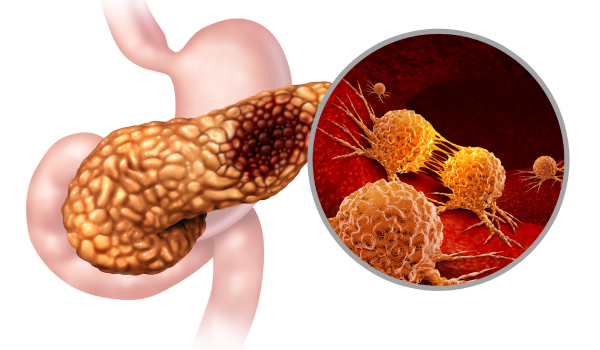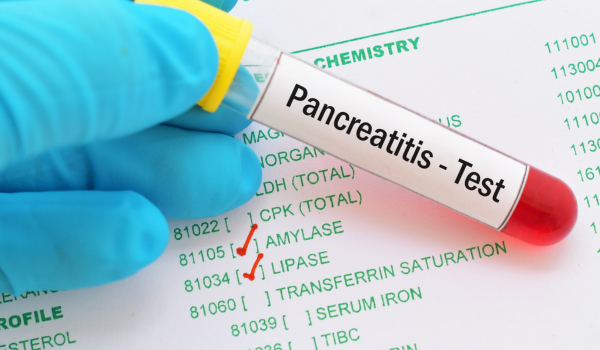
Overview of Pancreatitis
Pancreatitis is an inflammatory condition of the pancreas, an organ located behind the stomach that produces digestive enzymes and regulates blood sugar. It can occur suddenly and resolve in days or weeks (acute pancreatitis) or develop gradually over years (chronic pancreatitis).
Understanding the differences between these two forms is crucial for early diagnosis, effective treatment, and prevention of long-term damage.
What Is Acute Pancreatitis
Acute pancreatitis is a sudden inflammation of the pancreas that usually develops quickly and may last for a few days to weeks.
Common causes include:
-
Gallstones blocking the pancreatic duct
-
Excessive alcohol intake
-
High triglyceride levels
-
Certain medications
-
Abdominal trauma
With prompt treatment, many cases resolve without lasting damage, but severe episodes can be life-threatening.
What Is Chronic Pancreatitis
Chronic pancreatitis is long-standing inflammation that causes irreversible damage to the pancreas. It often develops after repeated bouts of acute pancreatitis but can also occur independently.
Common causes include:
-
Long-term heavy alcohol use
-
Genetic predisposition
-
Autoimmune disorders
-
Cystic fibrosis
-
Persistent duct blockages
Unlike acute cases, chronic pancreatitis leads to permanent scarring and functional loss.
Onset and Duration
Acute pancreatitis:
-
Develops suddenly
-
Symptoms peak within hours or days
-
Usually resolves in 1–2 weeks with treatment
Chronic pancreatitis:
-
Progresses slowly over months or years
-
Causes ongoing or recurrent symptoms
-
Leads to lasting pancreatic damage
Symptoms in Acute Cases
Typical symptoms include:
-
Sudden, severe upper abdominal pain radiating to the back
-
Nausea and vomiting
-
Fever
-
Rapid pulse
-
Tender, swollen abdomen
Pain often worsens after eating, especially high-fat meals.
Symptoms in Chronic Cases
Chronic pancreatitis symptoms may be less intense but more persistent:
-
Recurrent abdominal pain
-
Unintended weight loss
-
Fatty, foul-smelling stools (steatorrhea)
-
Signs of malnutrition
-
Diabetes due to damaged insulin-producing cells
Severity and Risks
Acute pancreatitis risks:
-
Pancreatic necrosis
-
Organ failure
-
Sepsis
Chronic pancreatitis risks:
-
Permanent enzyme deficiency
-
Malnutrition
-
Diabetes
-
Higher risk of pancreatic cancer
Both forms can become life-threatening if untreated.
Diagnostic Differences
For acute cases, diagnosis relies on:
-
Elevated blood amylase and lipase levels
-
Ultrasound or CT scan to detect gallstones or inflammation
For chronic cases, diagnosis focuses on:
-
Imaging to reveal scarring or calcifications
-
Stool tests for enzyme deficiency
-
Blood tests for nutrient deficiencies and glucose levels
Treatment Approaches
Acute pancreatitis:
-
Hospitalization for IV fluids and pain control
-
Fasting to rest the pancreas
-
Gallstone removal if necessary
Chronic pancreatitis:
-
Lifelong enzyme replacement therapy
-
Pain management
-
Diabetes treatment
-
Lifestyle changes to prevent flare-ups
Long-Term Health Impact
Acute pancreatitis may resolve completely, but repeated attacks increase the risk of chronic disease.
Chronic pancreatitis causes lasting damage, significantly affecting digestion, blood sugar control, and overall quality of life.
Lifestyle Factors
Alcohol and smoking are major contributors to both acute and chronic cases. High-fat diets and unmanaged triglycerides also increase risk.
Eliminating these factors greatly reduces recurrence and complications.
Prevention Strategies
-
Avoid excessive alcohol consumption
-
Stop smoking
-
Maintain a healthy weight and diet
-
Treat gallstones promptly
-
Control cholesterol and triglyceride levels
When to Seek Immediate Care
Seek medical help right away if you experience:
-
Sudden severe abdominal pain
-
Persistent vomiting
-
Fever with abdominal tenderness
-
Yellowing of the skin or eyes (jaundice)
-
Rapid heartbeat with weakness or dizziness
Final Thoughts
While acute pancreatitis can often be resolved with prompt treatment, chronic pancreatitis causes irreversible damage and requires lifelong management. Recognizing the differences, addressing risk factors, and seeking timely care are essential for protecting pancreatic health.











